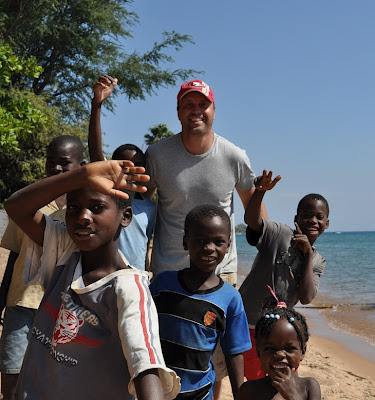 |
| Taking a zipline through the Victoria Falls gorge. |
 |
| Riding an elephant and going on a safari! |
 |
| A view of the falls from the Zimbabwe side. |
 |
| Up close to the falls on the Zimbabwe side inside Mosi-oa-Tunya National Park. |
 |
| A view of the falls from the Zambia side. |
 |
| A view of Victoria Falls from the microlight. |
 |
| Standing at the top of the falls at Mosi-oa-Tunya National Park in Zamiba. |
One of the premier sites of Africa is Victoria Falls. This falls is a section of the Zambezi River sitting on the border between Zambia and Zimbabwe, and is one of the three major falls in the world (Niagara Falls on the New York/Canada border and Iguaçu Falls on the Brazil/Argentina border are the other two). While it is not the widest or tallest waterfall in the world, Victoria Falls is the largest fall when taking into consideration height, width, and average flow.
Victoria Falls was founded by David Livingstone in 1855 during an expedition to the center of Africa, and named them after the current queen of England, Queen Victoria. There were rumors of the falls prior to Livingstone’s discovery, and afterwards people refused to believe in the existence of a fall of such magnitude. On the construction of the Victoria Falls bridge in 1905 (initially constructed to exploit and transport minerals north of the Zambezi), access to the falls became much easier and the tourism era began.
Today you can bungee jump, gorge swing, zip line, abseil, micro light fly, take a helicopter, whitewater raft, canoe, and ride elephants in one of the best adrenaline locations in the world. I was at the falls during the peak flow of the year (mid-May) while low flow is in mid-November and flows at only 4% of peak flow conditions. Unfortunately, you cannot go to the famous Devils Pool (where you swim at the edge of the falls) nor go whitewater rafting this time of year due to the high water levels. I ended up zip lining, abseiling, taking a micro light flight, and elephant ride safari during my four days on the Zimbabwe and Zambia sides of the falls.
Victoria Falls statistics
Height: 360 ft
Width: 5,604 ft (just over a mile)
Average flow: 287,606 gallons/second
Peak flow: 792,461 gallons/second
















